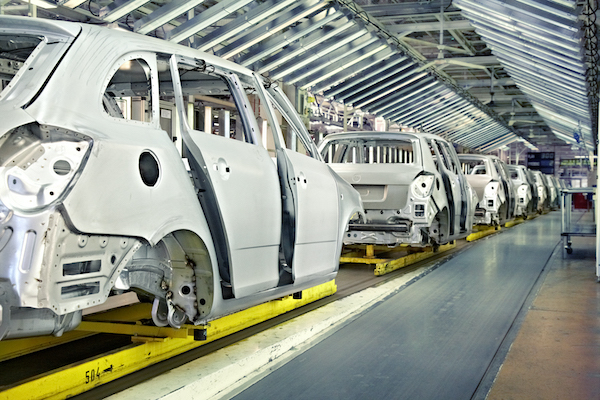In this day and age, photoelectric sensors are among the most important mechanisms behind the successful functioning of several manufacturing industries as they help manufacturers discover the presence (or lack) of objects.
Photoelectric sensors were created to convert a light signal (visible or infrared) into an electrical signal. Using the light emitted from a transmitter, photoelectric sensors can detect objects from relatively far away. This makes them an ideal instrument to be used in automation as they produce highly reliable results.
Sensitivity, velocity, and spectral response are the three primary characteristics of photoelectric sensors. So, when looking for a photoelectric sensor for a specific manufacturing application, make sure you take all of these features into consideration.
Let’s take a look at the role of each of these in a photoelectric sensor:
- Sensitivity: The sensitivity of photoelectric sensors is associated with the magnitude of the output, which varies with the intensity of light hitting the sensor. To put it simply, the sensitivity is the ratio of the magnitude output to the input magnitude.
- Velocity: Photoelectric sensors are designed to detect the rapid variations of light, and their response speed/velocity is an essential factor in certain applications.
- Spectral response: The third primary characteristic of a photoelectric sensor refers to its ability to “see.” A good majority of photoelectric sensors in the market today can detect both infrared and ultraviolet radiation.
What are the applications for photoelectric sensors?
Extensive use of photoelectric sensors can be seen in the automotive industry. When a vehicle is being assembled, every individual component must be transported down the production line carefully. To regulate the speed of process skids in this application, the retroreflective sensors with a polarization filter are used to ensure that process skids stop when the said skid blocks the sensor’s beam.
Secondly, photoelectric sensors also ensure the safe operation of machines in theme parks. Detecting the carriage position of a roller coaster, photoelectric sensors ensure error-free carriage removal and placement.
The third industry where the use of photoelectric sensors is widespread is the logistics industry. These sensors work to enhance automated storage technology, which streamlines access to goods on individual shelves. These specialized sensors are installed in the data couplers, which support wireless data transfer. This makes storing and transferring goods in warehouses a lot more streamlined as data couplers can track and communicate with objects in transit.
The photoelectric sensors are also used in automatic doors and elevators. For instance, buses have automatic doors that detect the motion of passersby and open and close automatically. This is made possible with the help of photoelectric sensors; they scan the entire area around the doorway and open and close when they detect motion (i.e., when people board or deboard the bus).
Conclusion
Photoelectric sensors rely on their lenses to detect objects with precision, so they must be equipped with nothing but the best. This is where we come in. At Universe Optics, we design high-quality optical lenses for photoelectric sensors to meet your specialized needs, no matter your business’s size or the industry you operate in.